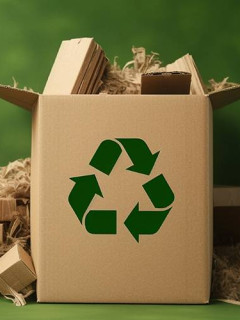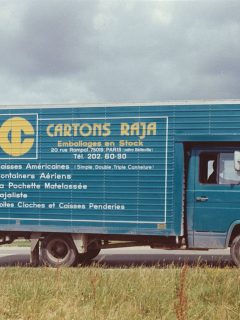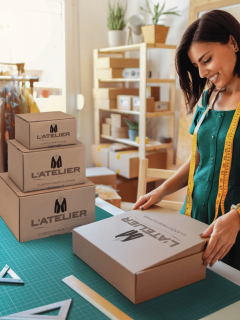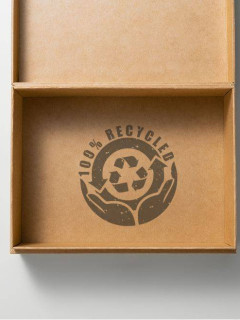Online commerce has grown in recent years, among other reasons, as a result of the pandemic. According to the website Statista, online sales turnover reached an all-time high in Spain in 2020, exceeding 14.5 million euros. Whether your business sells clothes, wine or books, you should familiarise yourself with the terms picking and packing. These anglicisms have entered the logistics language and consist of two processes for the preparation and packing of orders. Therefore, it is important to make no mistakes during these stages so that all products leave the warehouse and arrive at their destination in an optimal way.
What is picking?
The word picking can be translated as “picking” or “searching”. It is the part of order preparation where products are searched for and picked from different locations and shelves in the warehouse. They are then organised prior to packaging and shipment to the recipient. This process can be carried out manually, but automation is increasingly used to improve efficiency.
The picking process involves the following steps:
- Pre-planning. It is necessary to know which products are to be shipped and the material that will be necessary to locate them.
- Routes and movements. The search for the points where these products are located and the return to the workstation.
- Collection or extraction. To do this, the position of the elements must be taken into account and the necessary resources for their transport must be used.
- Verification. Checking the order in the dispatch area and checking that it meets the requirements for dispatch.
Warehouse equipment for picking
Despite the automation of the processes, when it comes to picking, you can use these elements to make the work of collecting products and transporting them to the picking point easier:
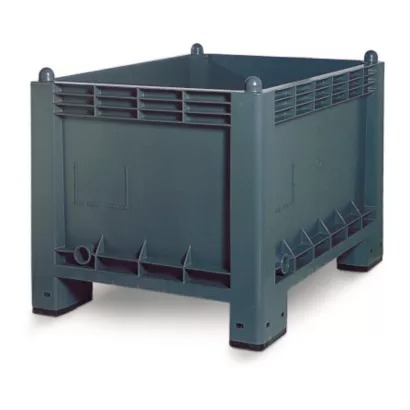
- Plastic containers and boxes. Essential for placing the products in order to transport them.
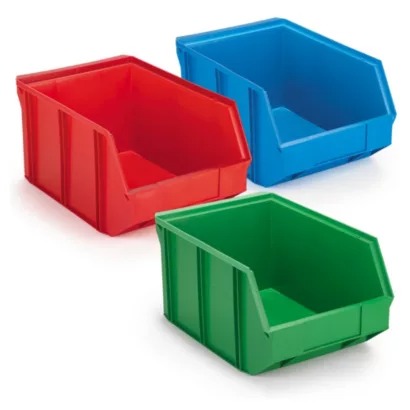
- Drawers. They can be used to separate smaller items.
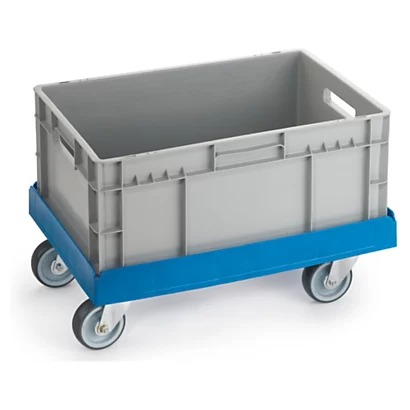
- Bases with wheels. Ideal for moving boxes easily.
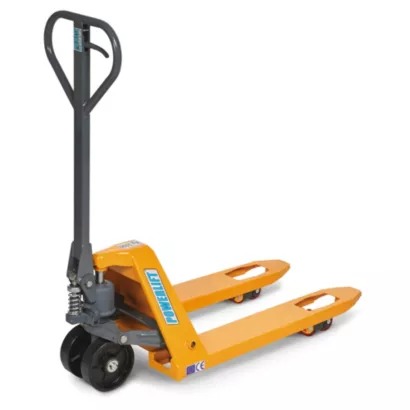
- Pallet trucks. They are easy to handle when transporting pallets.

- Forklifts. If the products are not so large, wheelbarrows are very convenient.
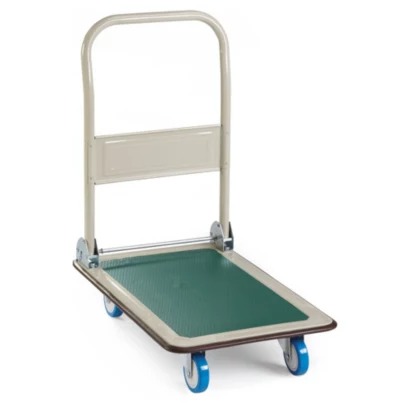
- Multi-purpose trolleys. An intermediate point between pallet trucks and forklifts.
What is packing?
Packing means “preparation”, “packing” or “packaging”. It consists of preparing the materials needed to pack and protect the shipment so that the order arrives in good condition.
To do this, the following tasks must be taken into account:
- Selection of the packaging. It is necessary to assess the size, weight, number of products to be sent and their characteristics. Both the strength of the box and the material chosen as filling are essential to ensure the best shipping conditions.
- Product verification. The final check of the model, quantity, weight or volumetric weight is very important because it allows us to avoid mistakes. It is the best way to make sure with all the guarantees that the goods conform to the order placed by the customer.
- Labelling of the shipment. The adhesive labels are stuck on the outside of the package. They must include the order reference number, the delivery address and the tracking code. Barcodes allow quick access to all this information.
Packaging for packing
Care in the packing process is essential, as this is what ensures that the products are shipped safely and securely. With these references you will achieve perfect packaging:
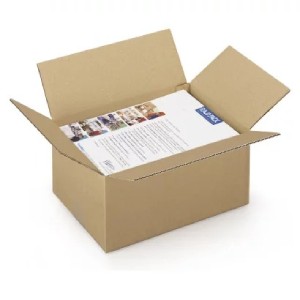
- Cardboard boxes. The main thing is to find the one that best suits the contents to be sent.
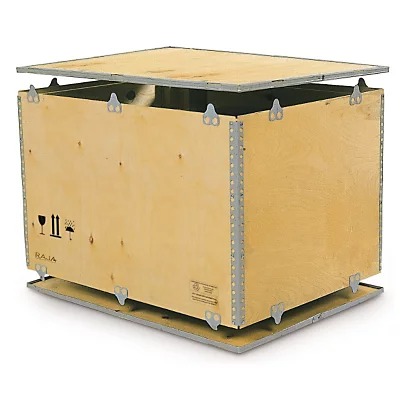
- Wooden boxes. For heavy, fragile products or those that require special care, widely used in international shipping.
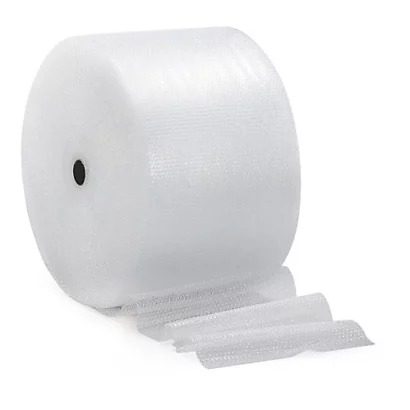
- Bubble wrap. This will cushion the contents against possible knocks.
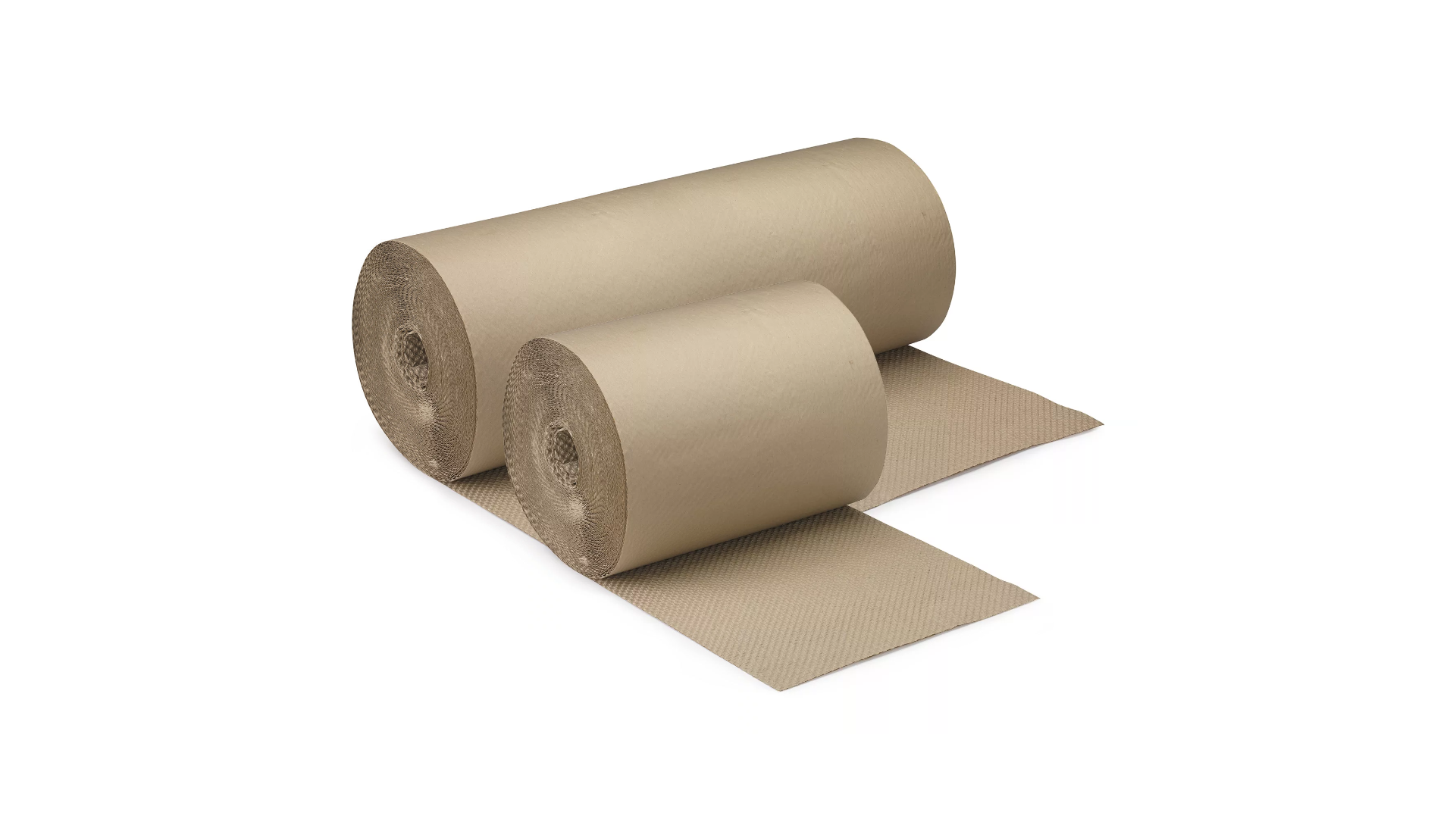
- Bubble wrap . cushions shocks during storage and transport and avoids leaving marks on delicate surfaces.
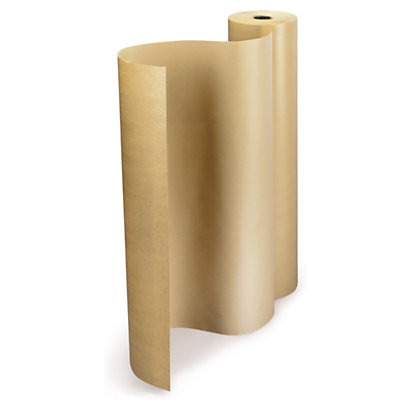
- Kraft paper. The EcoResponsible option that performs similar functions to bubble wrap.
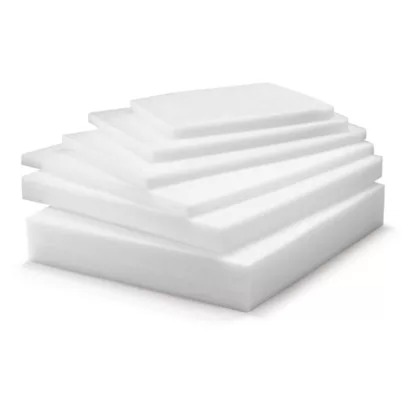
- Polyethylene foam sheets. These can be used to fill the inside of the box.
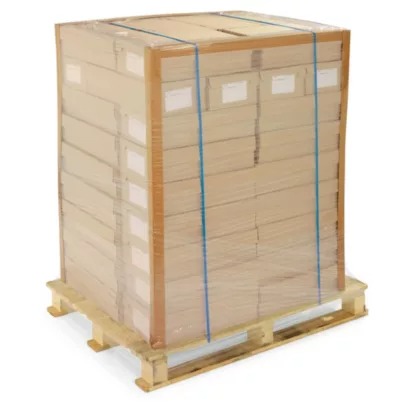
- Corner protectors. Very useful for protecting corners.
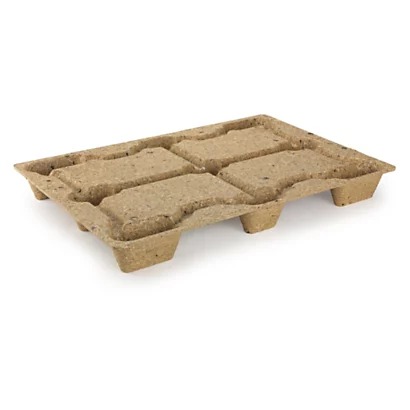
- Pallets. For transporting multiple or very large items.
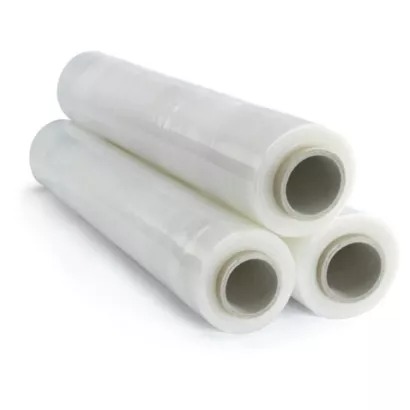
- Stretch film. This way, you can secure the contents of the pallets.
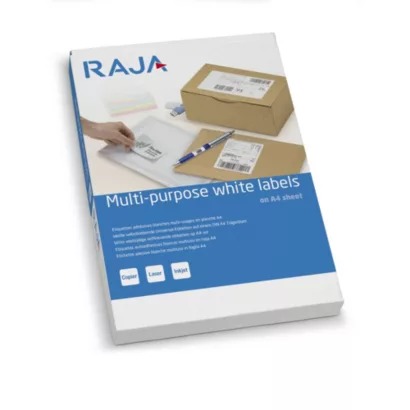
- Labels. Clear labelling is very important for the product to reach its destination.
Relationship between picking and packing
Although they are two different processes, picking and packing are complementary as they are approached as consecutive tasks. An error during these phases can cause problems such as incorrect deliveries, damaged goods or delays in shipments. Now that you know the difference between picking and packing and know their importance in logistics, we invite you to visit our specialised section on warehouse equipment. The best products to optimise your picking and packing processes with the RAJA® guarantee!











